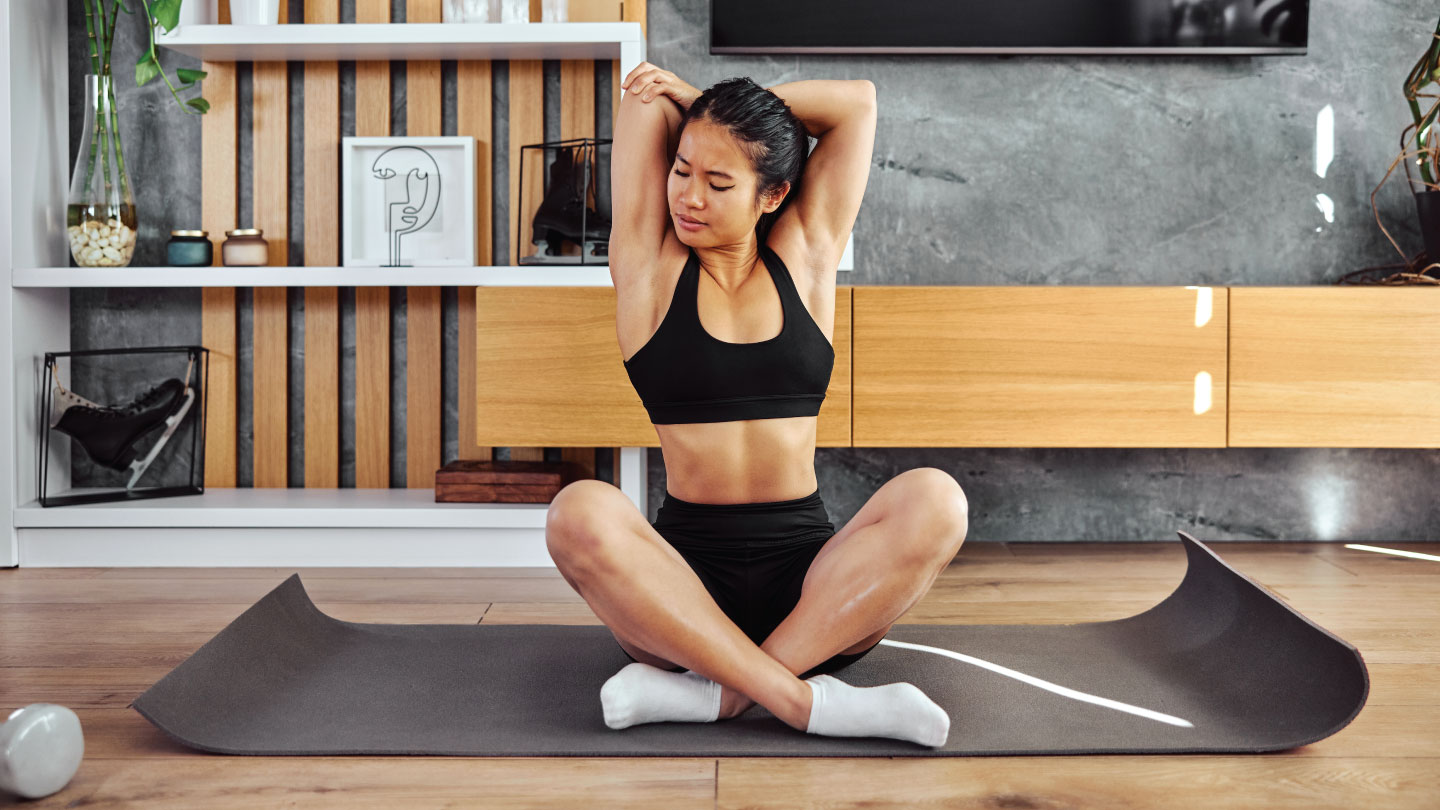Movement
This or That: Is HIIT The Cardio Workout For You or LISS?
Welcome to our new series, This or That, where we weigh the pros and cons of popular topics when it comes to health and wellness. This time, it's the classic fitness acronyms, HIIT versus LISS—which is hit and which is miss? Let's find out.
If you are just starting out on your fitness journey, it can be confusing to find your way through all the different terms and various forms of workouts. Even if you are a newbie, chances are, you have heard of HIIT and LISS. But what exactly are they, and how do they stack up against each other?
Related Story: Home Workout From Celebrity Fitness Trainer, Vinod Channa
Cardio exercises have many benefits, and are helpful in maintaining proper cardiovascular health. Exercising causes your heart rate (the rate at which the heart pumps blood to the rest of your body) to increase from the resting state, which causes nutrient-rich blood and oxygen to be supplied to your organs more efficiently. Raising your heart rate through exercise (without overexerting, within the limits of your maximum heart rate) is key for your overall health and fitness.
HIIT, or High-Intensity Interval Training is a form of cardio-based exercise that involves short bursts of intense anaerobic workout, followed by a recovery period of low or moderate activity. A full HIIT workout is usually around 20 minutes or so long, and can consist of alternating intense variations of activities such as riding a stationary bike for a period of 30 seconds or so with a period of lower intensity. According to an article published in World Journal of Cardiology, for general health, as well as primary and secondary cardiovascular prevention, HIIT, in short sessions, has been recognized as an efficient exercise protocol.
LISS, or Low-Intensity Steady State cardio is a method of aerobic cardiovascular exercise where you perform a low to moderate level of activity continuously for an extended period of time. Things such as jogging, swimming or cycling are all examples of LISS. A 12-week study involving individuals with hypertension, published in Biological Research For Nursing, which aimed to gauge the effect of home-based low-intensity steady state exercise on the condition saw a significant decrease in blood pressure due to the structured walking program that was employed.
| HIIT | LISS |
|---|---|
| 1. Involves high-intensity activities. | 1. Involves activities that are low or moderate in intensity. |
| 2. Is done in a short amount of time ( within 30 minutes). | 2. Consists of performing activities over a longer period of time ( 45 to 60 minutes). |
| 3. Burns more calories from glycogen (stored carbohydrate in body) during high-intensity periods. | 3. Burns more calories from fat. |
| 4. Aims for 70 to 90 per cent of maximum heart rate during high-intensity periods. | 4. Maintains a heart rate of 50 to 60 per cent. |
| 5. Improves conditioning and performance. | 5. Helps build endurance. |
| 6. Achieves results in a shorter amount of time but is not very beginner-friendly. | 6. Takes longer but is more suitable for beginners. |
| 7. Boosts metabolism but can be very strenuous and taxing on the body. | 7. Causes lesser impact on joints and tendons and requires less recovery time but can lead to plateauing. |
Verdict: While HIIT and LISS are different in many ways, both have their individual advantages. Which one you will choose will depend on your lifestyle, what you are looking for, and what works best for you. If you want something steady and consistent that will put less stress on your body, go for LISS. If lack of time may be a factor for you, and if you prefer a more intense method, HIIT might be your thing. In fact, maintaining a good balance between the both can be suitable for many.
Which one do you prefer? Comment below and let us know!
Related Story: Bulking and Cutting: Ways To Get More Muscle Definition
EXPLORE MORE
A home-based yoga routine can elevate energy, sharpen focus, and nurture mental calm. Discover why it’s worth starting now.
Your posture is whispering a story about stress, screens, and slouching. Here are 6 exercises you must try!
In a world addicted to speed, Shavasana is proof that true regulation begins when you slow down. Discover how this humble pose is the simplest solution to the chaos within you!
When your thoughts won’t slow down, these yoga poses teach your body to stay present in the moment.








.jpg)
.jpg)
